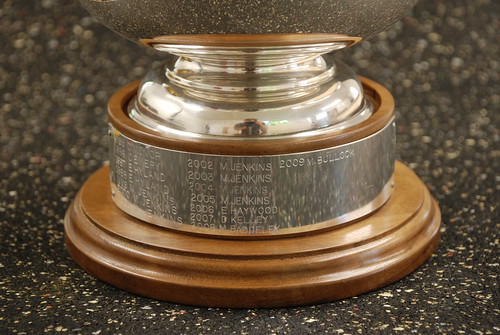Jimi43 said
To do that much damage to the wood...and your fingers Harbo I would guess that the cut was far too deep.
No I was taking very light cuts - I had cut it quite close on the bandsaw and was using the approved Woodrat method - the timber rotating round a pin held on a timber support. The deep cut was caused when it had spun round violently and dislodged the support. My fingers were there supposedly controlling the rotation?
At that stage I was using a straight cutter - I was going to round it over later.
Having got Mr M's DVD I will make his jig for doing the first stage on my BS in the future.
Rod



































